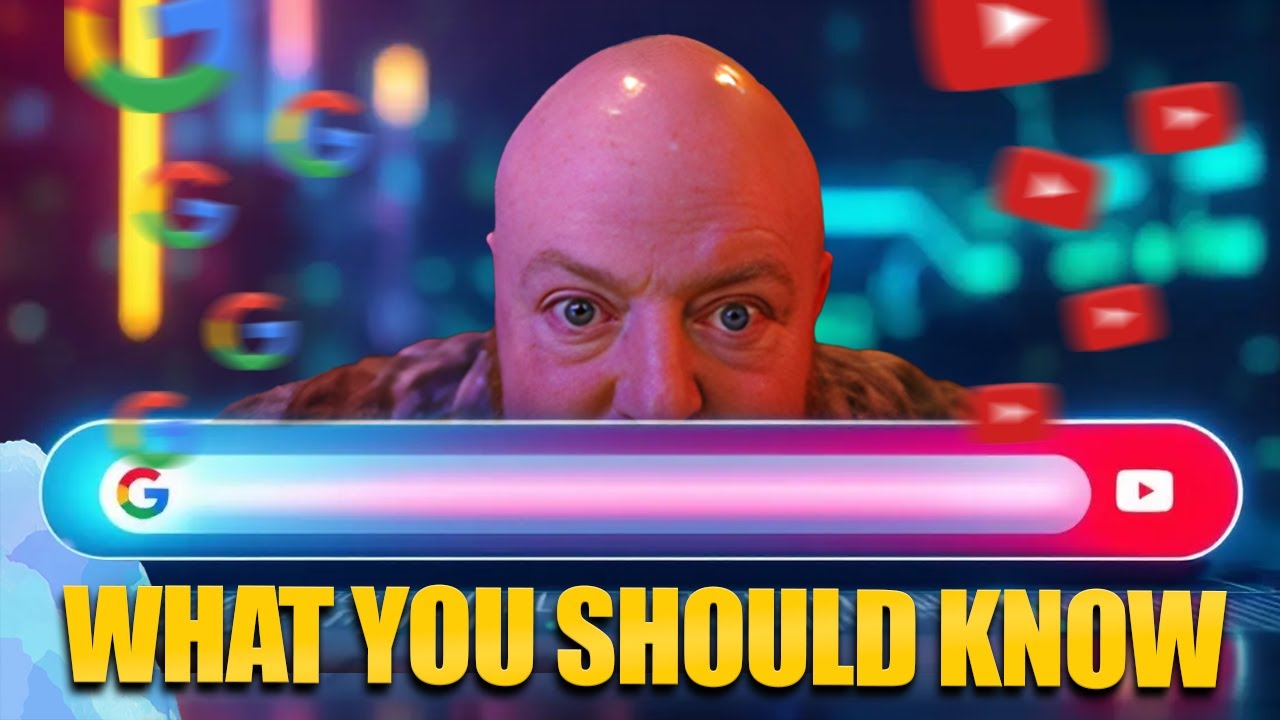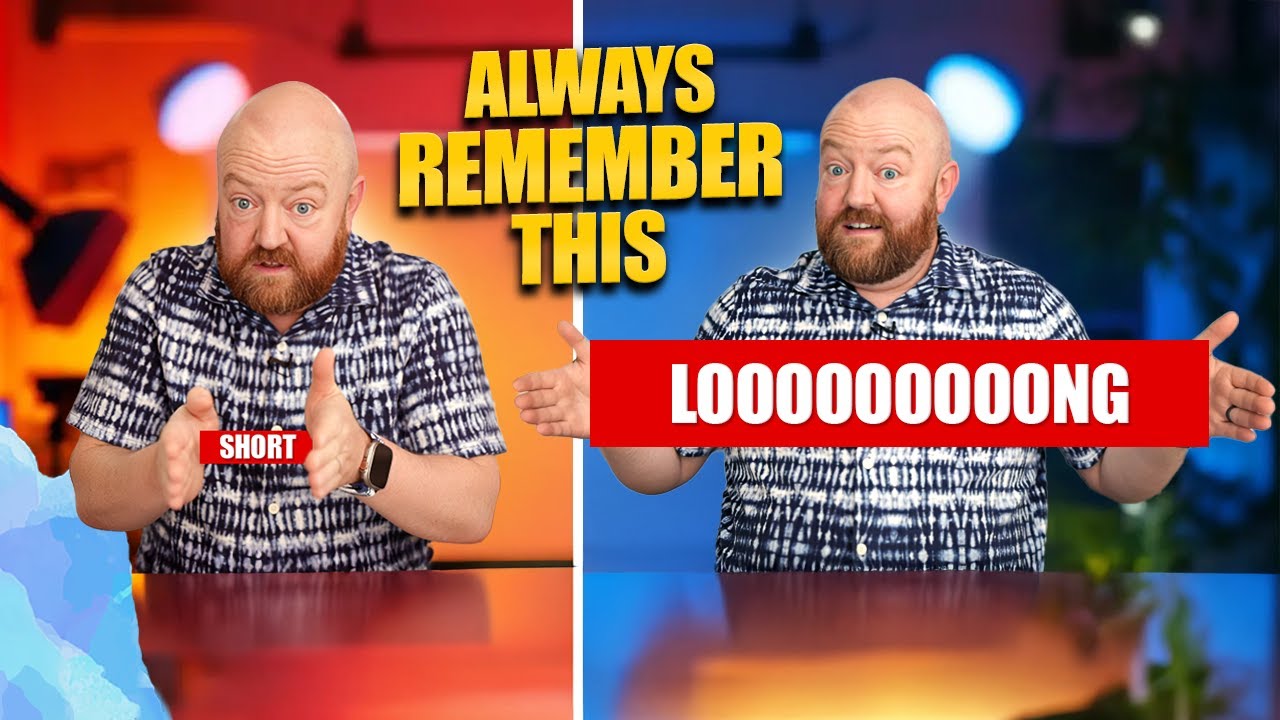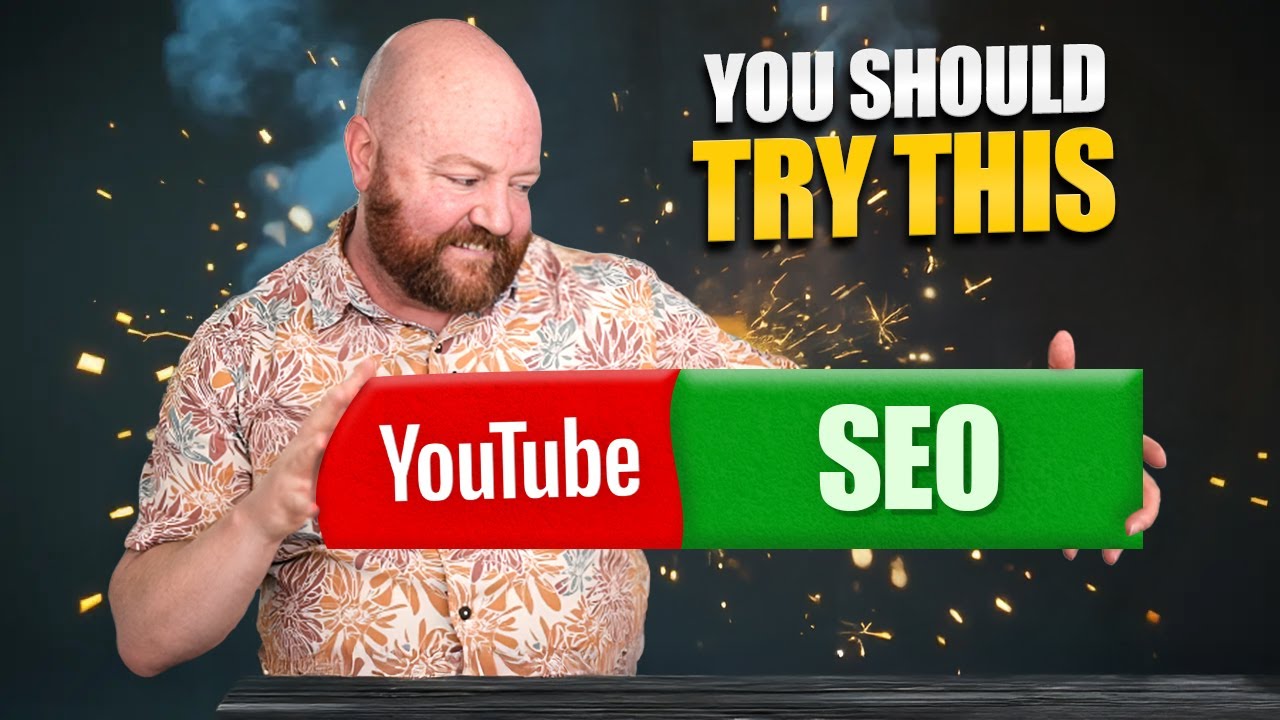Are you looking to master YouTube SEO? Whether you’re a seasoned content creator or a newbie, understanding how to optimise your videos for search is crucial. But where can you learn YouTube SEO, and what tools, resources, and strategies work? You’re already in the right place—on YouTube itself.
In this guide, I’ll take you behind the scenes of how I’ve been successful in ranking videos across over 50 channels, each with hundreds of episodes. I’ll show you how simple and effective YouTube SEO can be. If you’re new to SEO, don’t worry—this is different from traditional website SEO, and it’s much easier to track your progress and see real results.
By the end of this article, you’ll know exactly what it takes to master YouTube SEO, how long it will take to start seeing results, and what steps to take right now to get your videos ranking higher.
How Accurate Are YouTube SEO Tools?
If you’ve ever used YouTube SEO tools like TubeBuddy, VidIQ, or Answer the Public, you might have been disappointed by their results. While they can be helpful, they often mislead you about the true potential of your content.
For example, I’ve uploaded videos that are ranked at the top of YouTube, only for the SEO tools to suggest that my score is too low or the competition is too high. In reality, those videos are performing excellently.
Rather than relying solely on SEO tool scores, I track the results on my own using a custom spreadsheet. For instance, when working with Jason Schroeder on his construction business channel, we started with a score of zero for ranking phrases. By July, we had increased our score to 10.5, and by November, it had climbed even higher to 18.25. This shows that with the right strategy and consistency, you can improve your rankings over time.
The Best Way to Learn YouTube SEO from Scratch
The best way to start learning YouTube SEO is by diving in and getting hands-on. You’re already in the right spot by watching this video. I recommend starting with a few key resources:
- The “YouTube SEO: The Leaf Strategy” Video
This video will show you exactly how to approach YouTube SEO with a focus on my 5-step strategy. It’s concise, to the point, and will change the way you look at SEO. - The 3-Video YouTube Marketing Funnel for Lead Generation
This strategy helps you turn your YouTube content into a lead-generation machine, and it’s a must-watch if you’re serious about growing your business through YouTube.
Together, these videos only take about 22 minutes to watch, but they’ll lay a solid foundation for your YouTube SEO journey.
Are Online Courses Worth It?
There are plenty of online courses available for YouTube SEO, but many are outdated. They tend to focus on traditional website SEO tactics, which no longer work effectively on platforms like Google and YouTube. Today, YouTube is a content search engine, and the SEO strategies need to reflect that.
Instead of investing in old courses, I suggest sticking with free, actionable YouTube videos (like the ones I’ve linked above) to learn the latest tactics and strategies.
How to Practice YouTube SEO and See Real Results
To truly understand and apply YouTube SEO, you need to practice. Here’s a simple way to get started:
- Do Keyword Research
Use tools like TubeBuddy to find relevant questions your audience is searching for. Focus on keywords with a moderate search volume (20-30 searches a month). These are the low-hanging fruit that’s easier to rank for. - Create Videos Based on These Keywords
Once you’ve identified the right keywords, create videos that directly answer these questions. The key here is to stay consistent and track your progress over time. - Track Your Results
As you begin creating videos, track their performance in a spreadsheet. You’ll see rankings for certain phrases slowly rise from “no ranking” to “starting to rank,” and eventually, to “ranked at the top.” This gradual progress will build your confidence and show that your efforts are paying off.
Key Factors to Focus on When Learning YouTube SEO
When learning YouTube SEO, there are five key ingredients you need to focus on. Each of these steps plays a critical role in your overall success. Don’t skip any of them, as missing one can hinder your results.
- Consistency
Stay consistent with your content creation and follow the five steps closely. This will give you the best chance to succeed. - Focus on Low-Competition Keywords
Start with less competitive search phrases. These might not have the highest search volume, but they are easier to rank for and can provide quick wins. - Track Your Progress
Continuously track where your videos are ranking and make adjustments as needed. This will give you the insight to improve your strategy over time. - Create Content for Your Keywords
Don’t just focus on keywords. Make sure your video content is in line with the search intent behind those keywords. This is the key to long-term success.
Can You Apply These SEO Strategies to Existing Videos?
Unfortunately, the answer is no. If you’ve already created content, you can’t just apply SEO strategies retroactively and expect it to work. When you do keyword research, you need to align your content creation with the keywords you’ve researched. Simply updating an old video title won’t work if the video content doesn’t match the keyword intent.
So, instead of going back to old videos, focus on creating fresh content that aligns with your research. This will ensure that you’re producing content that’s actually useful to your audience and more likely to rank.
Take the Next Step: Watch the “Leaf Strategy” Video
To learn more about the five key ingredients to YouTube SEO, I highly recommend watching my video on the Leaf Strategy. In it, I break down the entire process, including how to do keyword research and apply it to your videos for maximum results.
If you’re ready to take your YouTube SEO to the next level and start generating leads from your channel, head over and watch the video now. Let’s get your content ranking and driving more traffic to your business.
Mastering YouTube SEO isn’t difficult, but it requires consistency, the right strategies, and a willingness to experiment and learn. Stick with it, track your results, and soon you’ll be seeing your videos at the top of the search results. Good luck!





